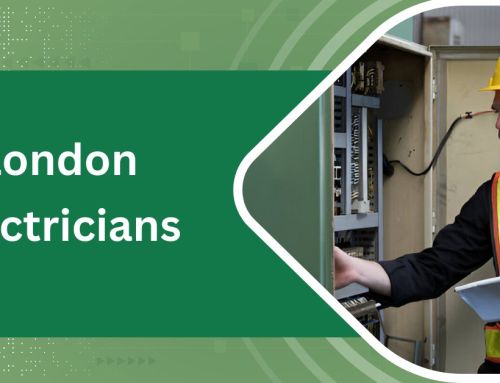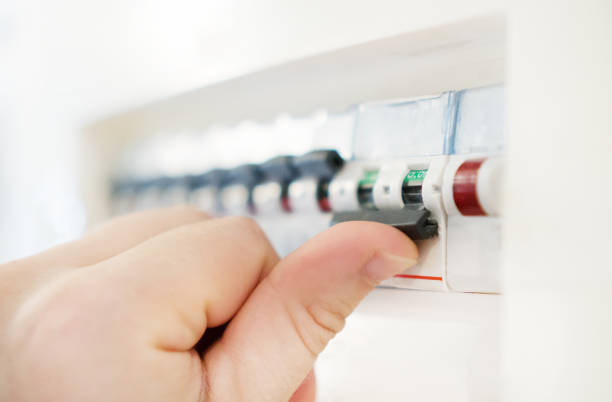
When a fuse box frequently trips, it often serves as an early warning signal of potential electrical issues that could escalate if not addressed properly. This common household problem can stem from overloading circuits, faulty appliances, or even more serious wiring malfunctions. Before attempting any solutions, it’s essential to understand the underlying causes and the associated risks. Knowing how to effectively diagnose and remedy this issue not only restores functionality but also enhances the safety of your electrical system. In the following discussion, we will explore practical steps to troubleshoot and solve the problem of a tripping fuse box, including when it becomes necessary to seek professional intervention. Let’s understand How to Take Control When Your Fuse Box Keeps Tripping
Understanding Why Your Fuse Box Trips
When a fuse box trips, it is typically a protective response to prevent an electrical overload, which can pose serious safety risks. This mechanism is crucial in avoiding potential fires and damage to electrical wiring and connected devices.
Circuit overloads occur when too many appliances draw more current than the circuit can handle, leading to excessive heat and tripping the breaker. Faulty appliances, which might have internal damages or deterioration, can also contribute significantly to these overloads by pulling irregular currents.
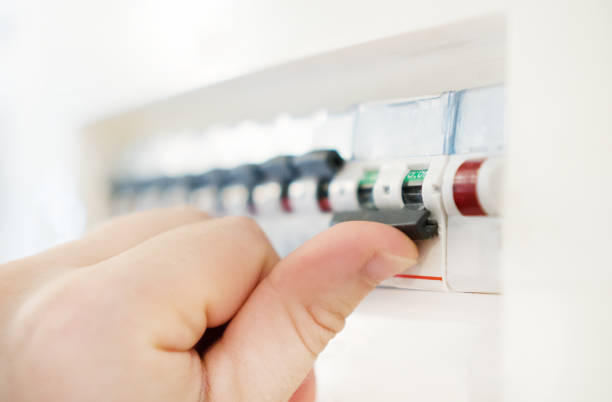
How to Take Control When Your Fuse Box Keeps Tripping
For those aiming to master their understanding of electrical systems, it is essential to recognize the signs of these problems. Unexpected tripping can often suggest a hidden issue within your circuitry or connected devices.
When addressing this, one must consider the capacity of the circuit and the demand placed on it by household appliances. Strategically distributing the electrical load can prevent frequent tripping. This involves not only unplugging and avoiding the simultaneous operation of high-power devices on the same circuit but also periodically inspecting and maintaining appliance integrity to ensure they are functioning correctly without drawing excess current.
Such proactive measures significantly enhance safety and prevent disruptions in electrical service.
Common Causes of a Tripping Fuse Box
Building on the foundational knowledge of why fuse boxes trip, it is important to explore specific factors that frequently lead to these interruptions. A deeper understanding of these causes will aid in maintaining both safety and efficiency in your electrical system.
- Overloaded Circuits: The most common cause of fuse box tripping is overloaded circuits. This occurs when too many appliances or devices draw more current than the circuit can handle, leading to overheating and a tripped fuse.
It is crucial to distribute electrical load evenly and avoid plugging too many high-wattage items into a single circuit.
- Faulty Appliances: Another prevalent issue is the use of appliances that are defective or have deteriorated over time. Faulty appliances can create abnormal current flows, which can trigger the protective mechanisms of your fuse box.
Regular maintenance and timely replacement of old appliances are advisable to prevent such occurrences.
- Short Circuits: A short circuit happens when a live wire comes into contact with a neutral wire, causing a large flow of current that can overwhelm the circuit.
This is often the result of poor wiring or insulation damage. Identifying and repairing short circuits requires professional intervention to ensure that your electrical system is safe and compliant with current standards.
Understanding these common causes helps prevent frequent trips and maintain a robust electrical system.
Quick Steps to Identify the Problem
Understanding the root cause of a tripping fuse box is critical for the safety and functionality of your home’s electrical system. A methodical approach using advanced troubleshooting techniques is essential when tackling this issue. Begin by identifying which circuit is causing the problem. This can often be determined by noting which area of the home is affected when the fuse trips.
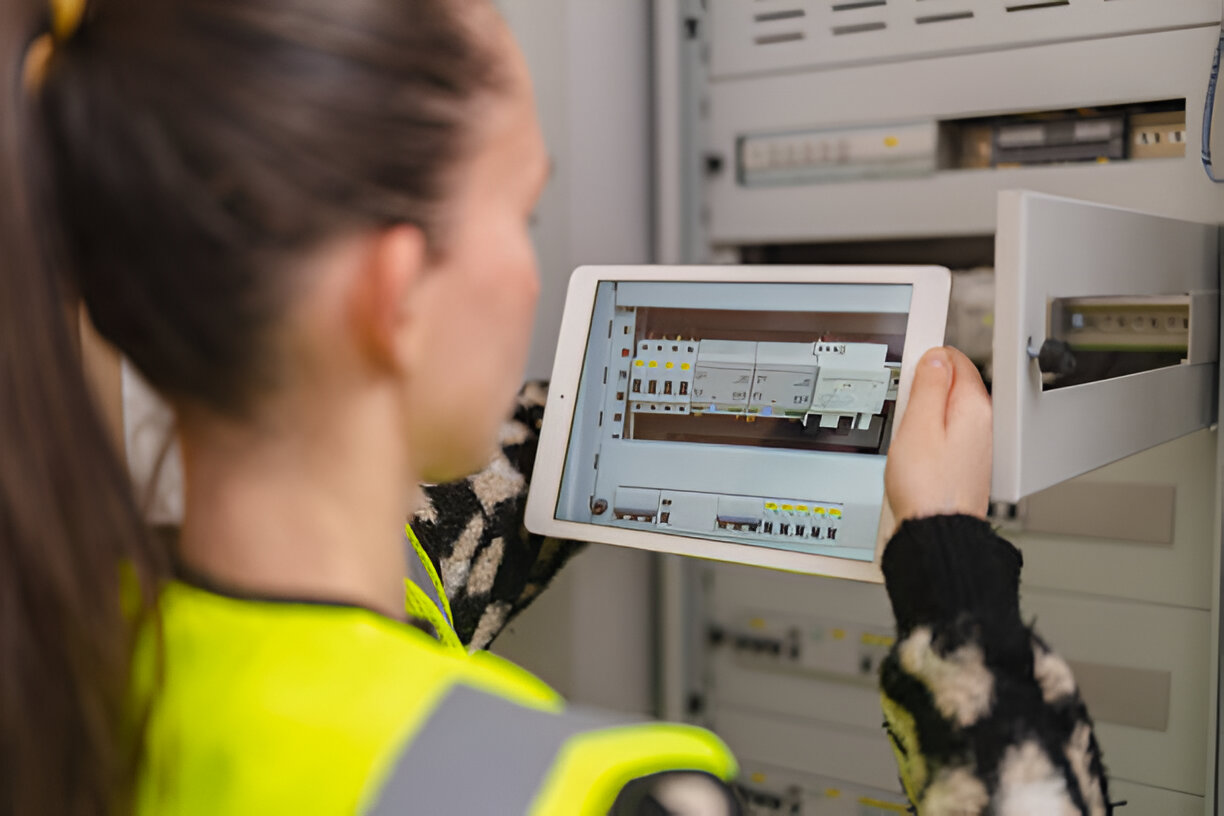
Next, assess the electrical load on the affected circuit. Overloaded circuits are common culprits. Disconnect all devices from the circuit, then reconnect them one at a time to identify if a specific appliance is causing the overload. If the issue persists without any devices connected, the problem could be with the wiring or the fuse box itself.
Here’s a quick reference table of basic troubleshooting steps:
| Step | Action |
|---|---|
| 1 | Identify the affected circuit by checking which area lacks power. |
| 2 | Disconnect all devices to see if the tripping stops. |
| 3 | Reconnect devices one at a time to find the overload source. |
This structured approach not only helps in pinpointing the issue but also ensures that each component is tested systematically, enhancing safety and efficiency in your electrical troubleshooting endeavors.
How to Safely Reset Your Fuse Box
After addressing the initial problem and identifying the faulty circuit, it is crucial to reset your fuse box safely to restore power and ensure ongoing electrical safety in your home. The reset procedure involves several critical steps, each underscored by stringent safety precautions to prevent any potential hazards. Here’s how you can proceed:
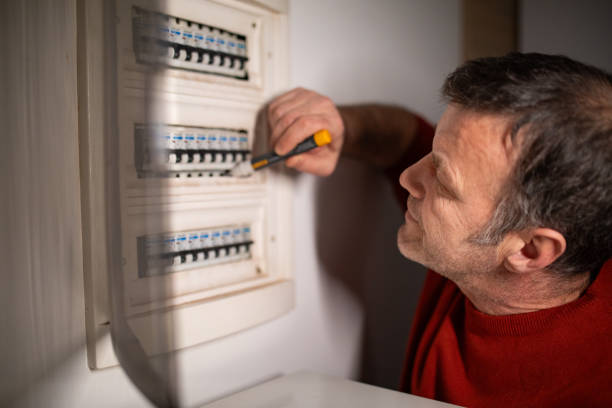
Ensure Complete Safety: Before attempting to reset your fuse box, ensure that all appliances connected to the problematic circuit are turned off. This step helps to prevent any sudden surges or sparks when the circuit is reactivated.
Wear rubber-soled shoes and use insulated tools to enhance personal safety.
- Inspect and Test: Double-check the circuit for any signs of damage or wear. If everything appears intact, use a voltage tester to confirm that the circuit is indeed dead and that there are no live wires, which can pose serious risks during the reset process.
- Reset the Circuit Breaker: Locate the tripped breaker in your fuse box. Firmly push the breaker to the ‘off’ position and then flip it back to ‘on’. This action should reset the connection.
After resetting, observe the breaker to ensure it does not trip again immediately, indicating further issues.
Adhering to these guidelines not only ensures a successful reset but also upholds the highest safety standards in your electrical system management.
When to Call a Professional Electrician
While the steps outlined can help homeowners safely reset their fuse boxes, certain situations necessitate the expertise of a professional electrician. Recognizing when to call in a professional can prevent the escalation of electrical hazards, ensuring safety and system integrity.
Emergencies, where you should immediately contact a professional, include frequent tripping of the circuit breaker, signs of electrical fires such as scorch marks or a burning smell, and any instance of water contact with electrical wiring or panels. These scenarios indicate potential severe electrical hazards that could jeopardize your safety and the safety of your property.
For a clearer understanding, consider the following table which outlines specific scenarios and the recommended actions:
| Scenario | Recommended Action |
|---|---|
| Frequent tripping | Call a professional to assess the circuit |
| Burn marks or smells | Immediate professional inspection |
| Water exposure | Urgent professional intervention |
Preventing Future Fuse Box Trips: Tips and Maintenance
To effectively prevent future trips of your fuse box, regular maintenance and a strategic approach to electrical usage are crucial. Understanding how to manage the load on your circuits and identifying appliance issues can greatly reduce the risk of unexpected power disruptions.
Here are essential strategies to incorporate:
- Monitor and Balance Load: Ensure that no single circuit is overloaded with too many high-energy-consuming devices. Spreading out your electrical devices can prevent circuit overloads, which are common culprits in causing fuse trips.
- Regular Appliance Checks: Faulty appliances can create unexpected surges leading to fuse box trips. Periodically inspecting appliances for wear and tear or malfunctioning components is key. Pay special attention to older devices, as they are more likely to develop faults that could impact the electrical system’s stability.
- Educate Household Members: Everyone using the electrical system should understand the importance of electrical safety and how their actions can affect the overall system. Educate them about the signs of appliance issues, the dangers of circuit overloads, and the correct use of appliances to avoid putting undue stress on the electrical system.
Implementing these measures will greatly enhance the reliability of your electrical system and minimize the chances of fuse box trips.
Why Regular Electrical Inspections Are Important
Implementing regular electrical inspections is integral to maintaining a safe and efficient home electrical system. These inspections serve as a critical preventative measure, ensuring that all components meet current safety standards and operate correctly. The primary rationale for these inspections is to identify and mitigate potential hazards that could lead to electrical fires or system failures, thus reinforcing the foundation of electrical safety within the home.
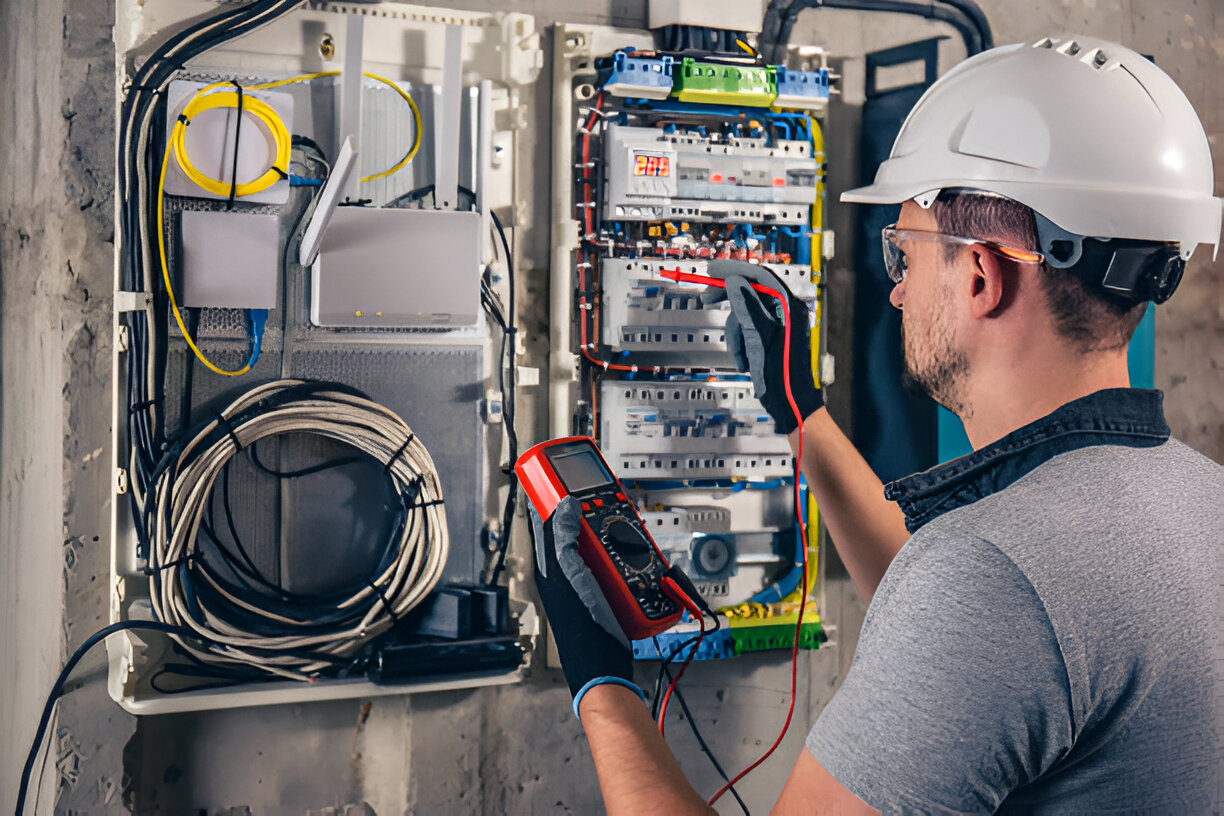
The inspection benefits extend beyond safety. By routinely assessing the electrical system, homeowners can detect inefficiencies or degradations that might not yet be evident. Early identification of such issues allows for repairs before they escalate into more significant, costly problems. This proactive approach not only enhances the longevity of the electrical infrastructure but also optimizes energy usage, leading to potential savings on utility bills.
Furthermore, regular inspections comply with local safety regulations and codes, which can vary significantly by region. Compliance not only promotes safety but also ensures that the system’s setup adheres to legal standards, potentially avoiding legal complications and fines.
Conclusion
In conclusion, addressing frequent tripping of a fuse box necessitates a systematic approach that involves isolating and identifying problematic circuits and devices, followed by a careful resetting of the fuse box. If these steps do not resolve the issue, it becomes imperative to consult a professional electrician. Regular maintenance and routine inspections are crucial to ensuring the longevity and safety of electrical systems, thereby preventing potential hazards and ensuring consistent functionality.
About the Author: LandlordCertificate
Related Posts
Get Social
Recent Posts
- Fire Alarm Installation as a Foundation for Stronger Property Protection
- Properties That Must Hold a Valid Fire Safety Certificate
- How a Fire Risk Assessment Shapes Stronger Safety Decisions
- Why Every Property Requires a Valid Gas Safety Certificate
- EICR Testing and Property Safety Overview Guide for Building




